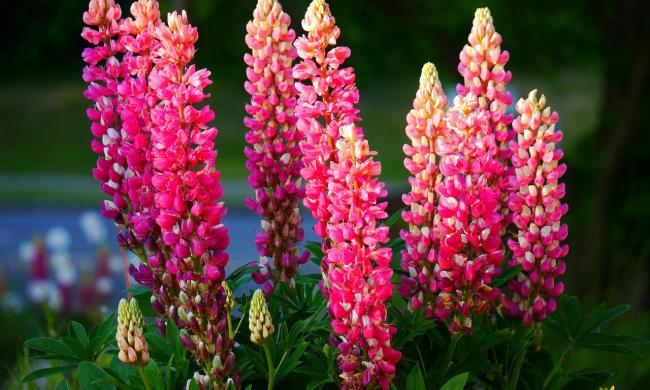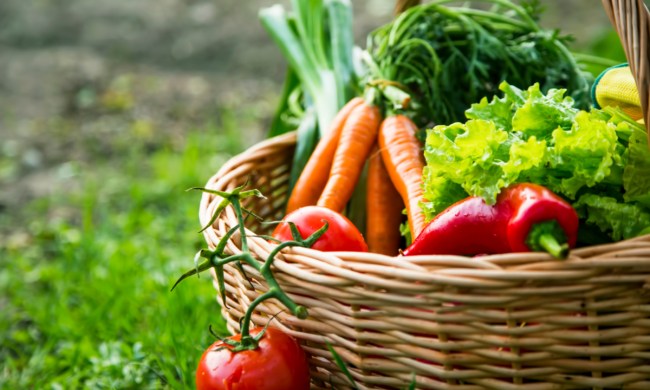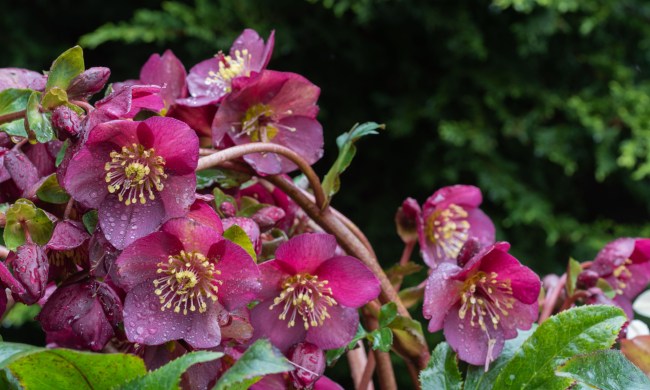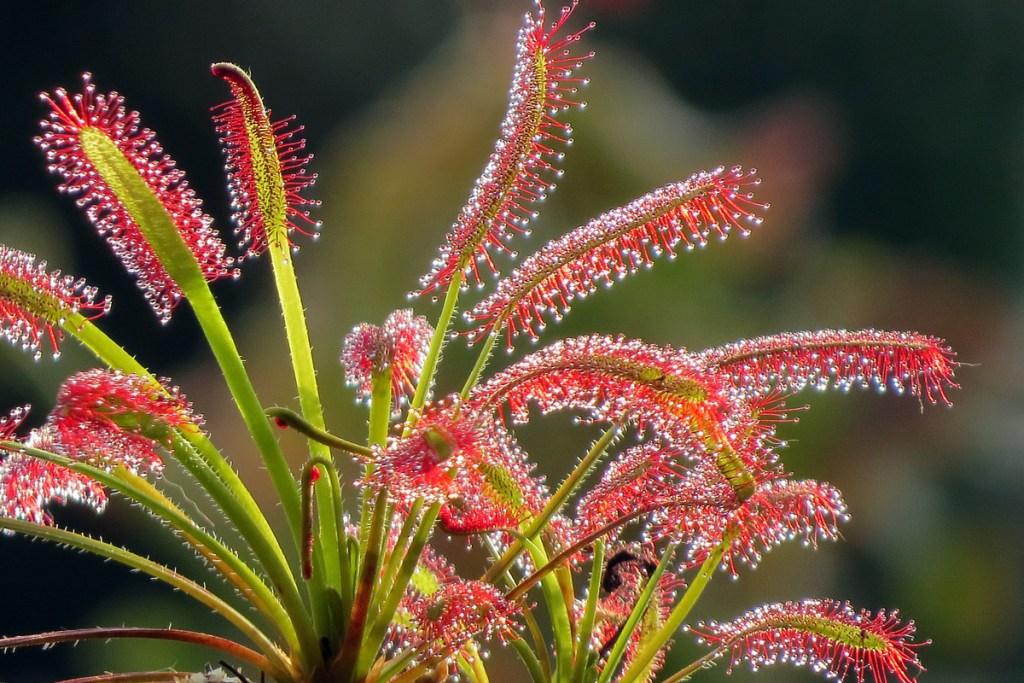
Green plants use their leaves to make plant sugar from water, air, and sunlight via photosynthesis. To grow and reproduce, however, they need nitrogen, phosphorus, potassium, and other nutrients that most plants take up from the soil. But what if the soil can’t provide these essential elements? Carnivorous plants harvest them in a different way, so they can thrive in lean soil.
Venus flytraps, sundews, pitcher plants, and other carnivorous plants capture insects in a variety of ways. They attract their prey with different colors and scents and capture them with sticky residues, movable foliage, slippery hairs, or water traps. Then they produce enzymes to extract and assimilate the vital nutrients. These plants are amazing in design, unusual in their beauty, and coveted by gardeners. And—you can grow them in your garden without much difficulty.
How to grow carnivorous plants
Most carnivorous plants originate in boggy locations. They grow best in moist, acidic soil that’s rich in organic matter but poor in nutrients. They prefer high humidity, bright indirect sunlight, and consistently moist (but not flooded) soil. To grow carnivores in your garden, you’ll need to recreate these conditions and choose cultivars that are hardy in your growing zone.
Soil
Providing the right soil is one of the more challenging elements of growing carnivorous plants at home. Regular potting soil holds too much nutrient content. Fertilizers can damage the root system. Live sphagnum moss or dried, long-fiber sphagnum moss make an excellent planting medium for carnivorous plants. Alternatively, mix 3 parts peat moss to 1 part clean, coarse sand.
Sunlight
Bright indirect sunlight is ideal for most carnivorous plants. Some grow best with direct sunlight. Indoors, supplemental light from fluorescent or LED grow lights is essential.
Temperature
Each carnivorous plant species has its own temperature preferences. Some need a distinct cool or cold dormant period.
Humidity
High humidity is necessary for nearly all carnivorous plants. Outdoors, a bog garden will provide plenty of humidity in humid climates. Indoors, a terrarium is ideal.
Water
Avoid using tap water for carnivorous plants. Instead, capture rainwater or snowmelt, or use distilled water. During the growing season, keep the growing medium moist to wet. In winter, just moist is fine.
Feeding
When insects are present and during dormancy, don’t feed carnivorous plants. Indoors, or when insects aren’t present, use quarter-strength organic fertilizer as a foliar spray to provide supplemental plant food. Never attempt to feed your plants meat, as they can’t digest it.
The best carnivorous plants for your garden
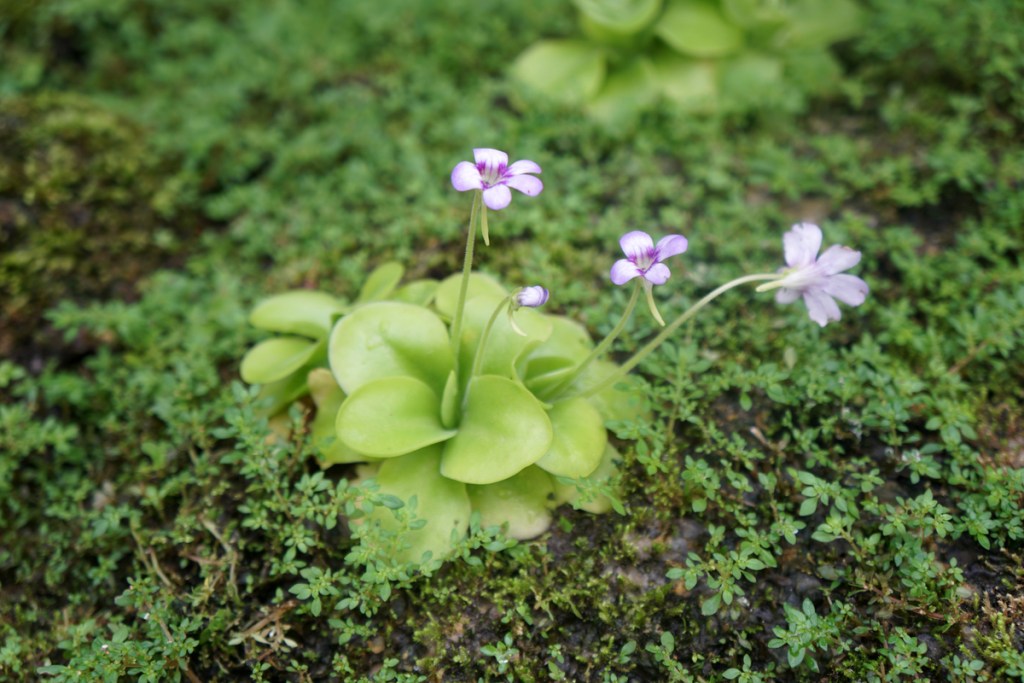
Butterwort, Pinguicula spp.
Butterworts are small herbaceous plants with flat leaves that are known for their distinctly buttery feel. They grow in many parts of the world, from subarctic Asia to North and South America. The leaves are covered in tiny, sticky hairs that capture gnats, fruit flies, springtails, and other small prey. Butterworts produce beautiful, long-lasting flowers in the spring.
Pitcher Plant, Sarracenia spp.
Pitcher plants grow in boggy areas of eastern North America from Texas, along the Gulf Coast and up the Atlantic seaboard. They use extrafloral nectaries on the lip of the colorful pitchers to attract insects, which then slip into the throat of the pitcher. Showy flowers grow in early spring, ahead of the first pitchers, so pollinators are safe from becoming prey. The hardiest species is S. purpurea, which is found in the Great Lakes region and southeastern Canada. They come in a variety of shapes and sizes, each with its own care requirements.
Sundew, Drosera spp.
Sundews grow on every continent except Antarctica, with most species preferring mild or tropical climates. They have slender leaves covered in sticky red tentacles. A sweetly scented trigger mechanism attracts prey to the tentacles which close up and digest the insect. More than 90 percent of species are native to Australia, South America, and Africa.
Venus flytrap, Dionaea muscipula
Venus flytraps are native to a small area of the coastal plain in North Carolina and South Carolina. They grow leaves shaped like clamshells, ringed with fine teeth. When a bug lands on the trigger in the center of the leaf, the clamshell closes to trap the prey inside.
Create a bog garden for your carnivorous plant collection
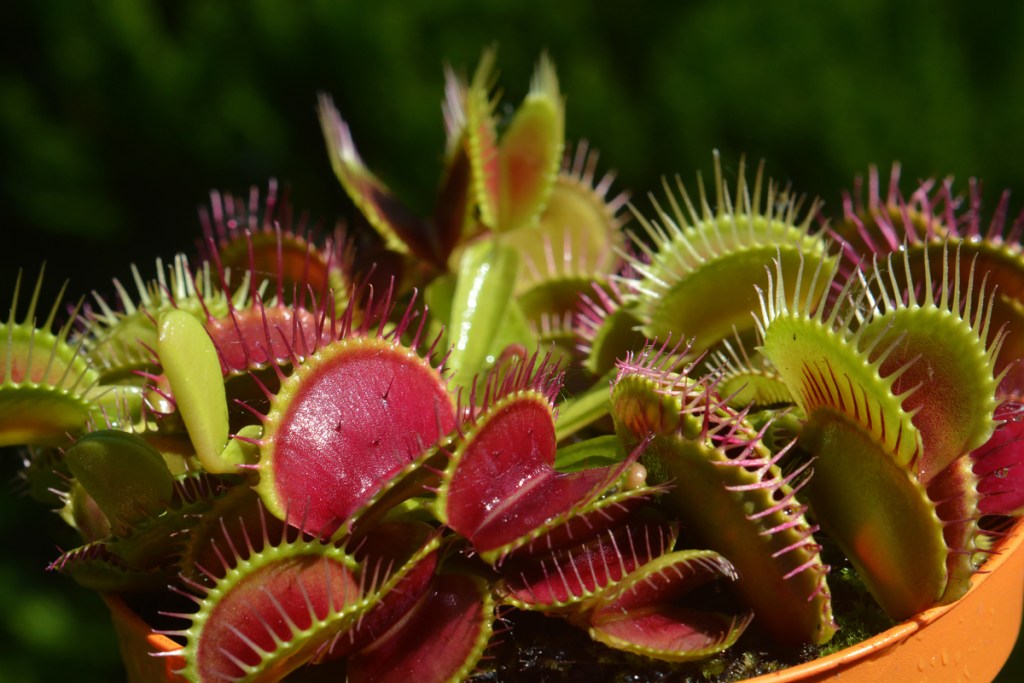
Gardening is more fun when you have a diverse selection of plants. Whether you grow them indoors in a terrarium or outside in a bog garden, the key is to choose companion plants that will thrive in the same moist, humid, lean soil as our carnivorous plants. One solution is to mix and match several carnivores. Other suitable companions include:
- Grass Pink Orchid, Calopogon spp.
- Ladies’ Tresses Orchid, Spiranthes odorata
- Plymouth Gentian, Sabatia kennedyana
- Rose Pogonia Orchid, Pogonia ophioglossoides

